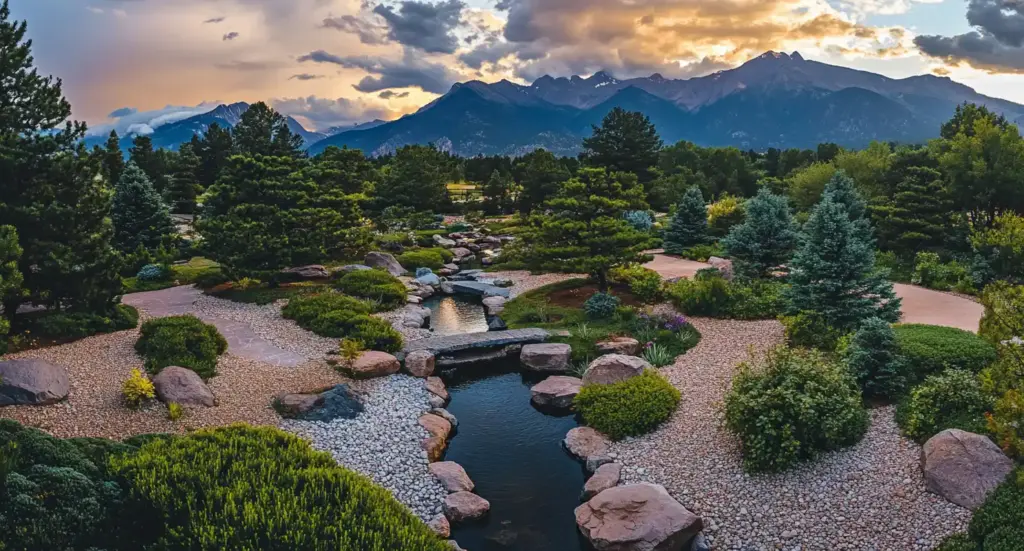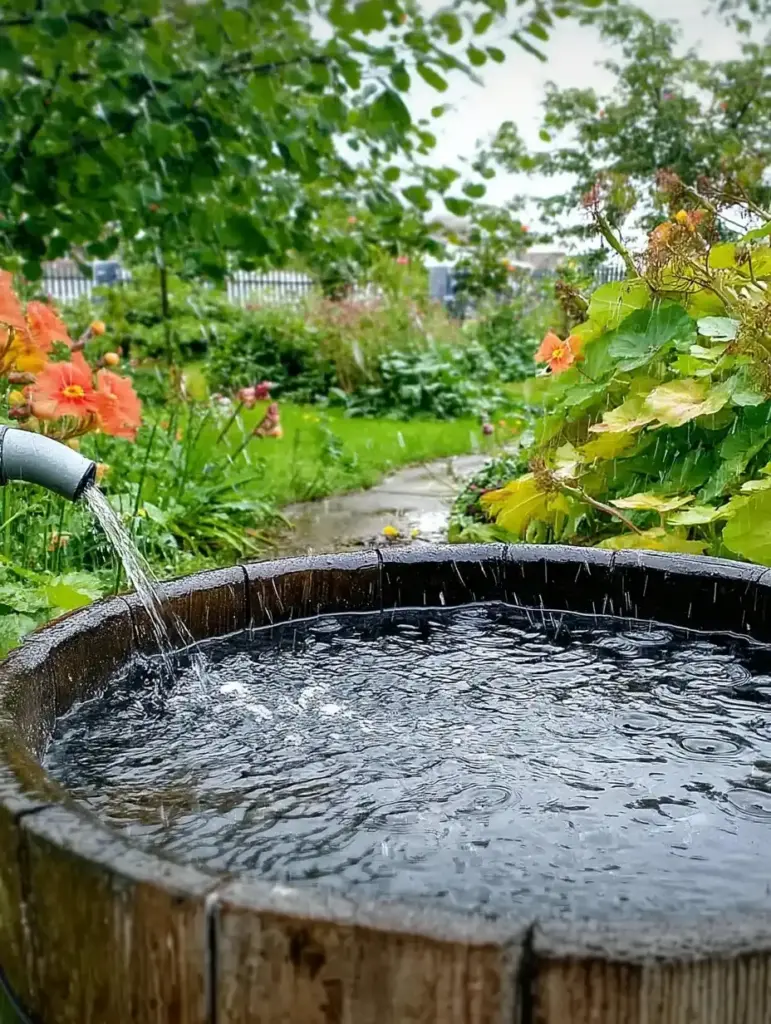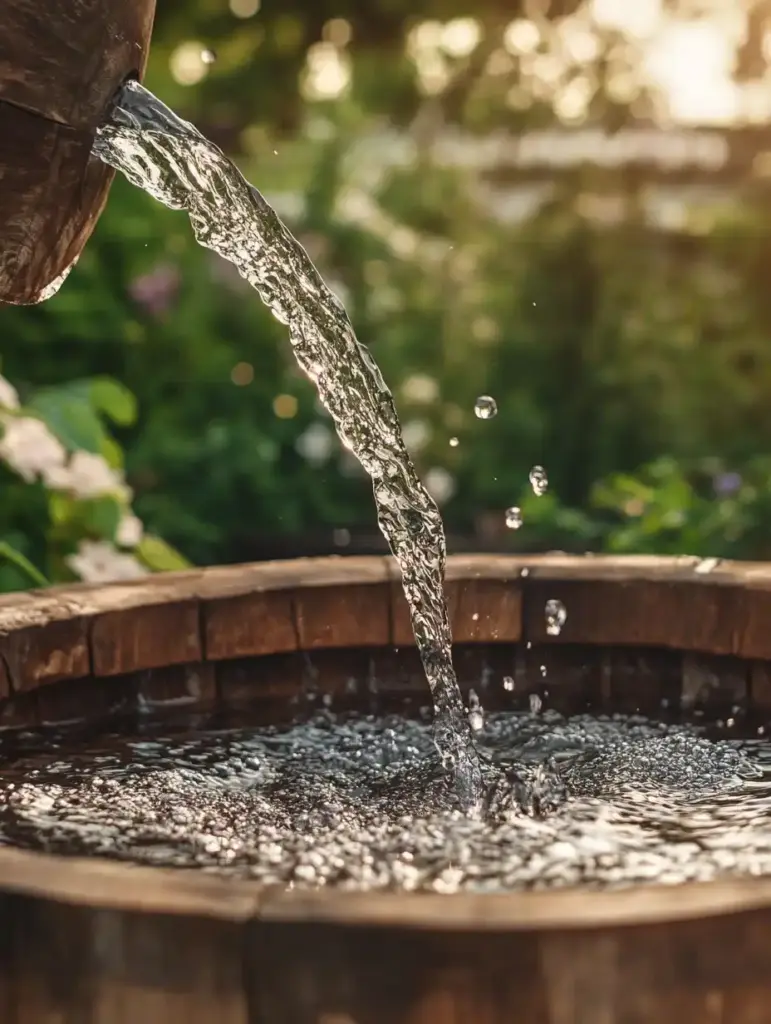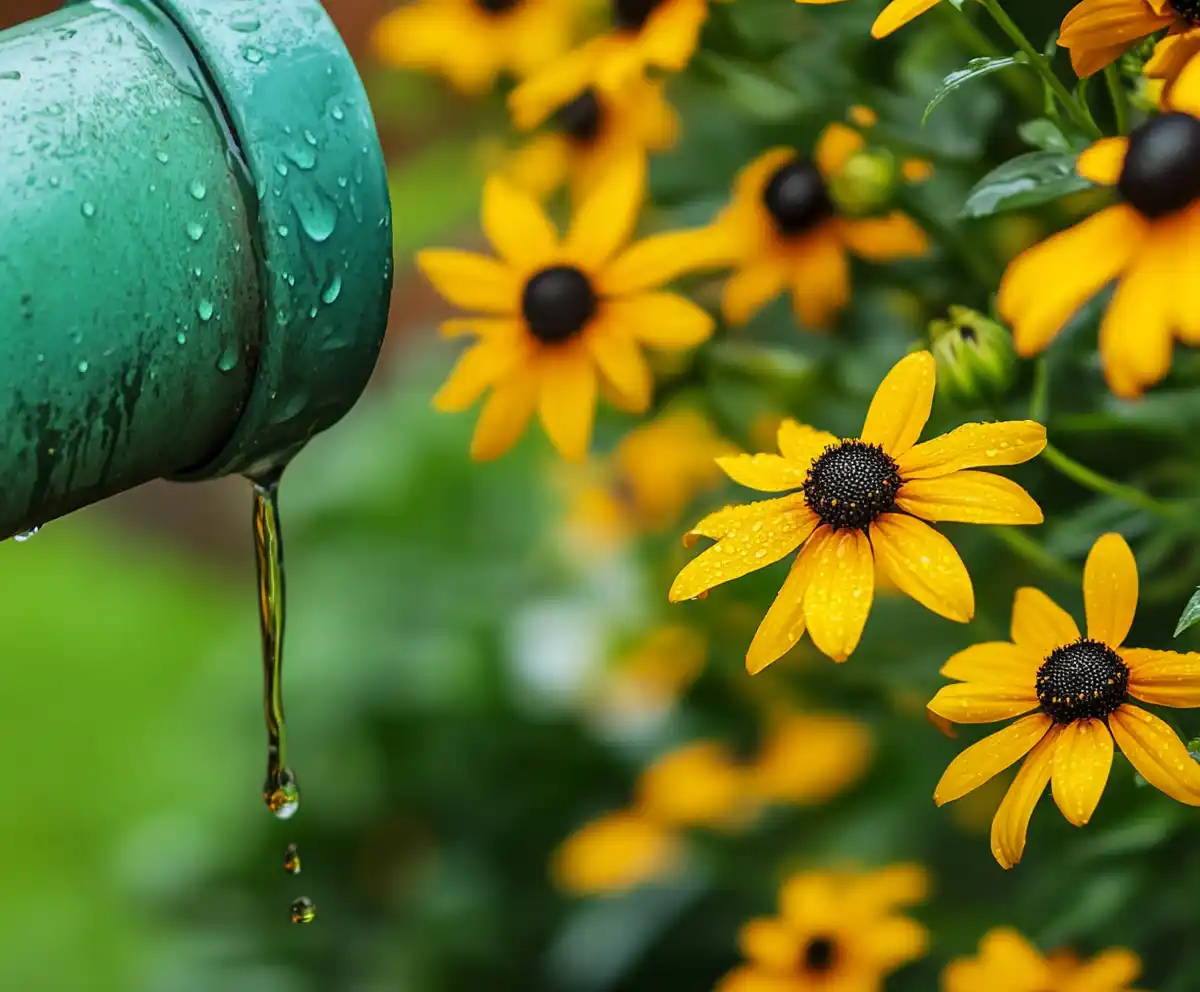In a world grappling with climate change and increased urban runoff, rainscaping has become one of the most practical and eco-conscious ways to transform your outdoor space into a resilient, sustainable habitat. Whether you’re dealing with heavy rainfall or just seeking to reduce your water usage, exploring rainscaping ideas is a smart move. Many homeowners are turning to rainscaping not only to manage stormwater naturally but also to support pollinators, improve curb appeal, and lessen their environmental impact.
But rainscaping is more than just a green trend—it’s a proactive strategy for protecting your home and community from polluted runoff. It works hand-in-hand with approaches like DIY rainwater collection systems and soil improvement techniques to create a landscape that thrives through every season. In this guide, we’ll unpack the core benefits of rainscaping, explain why runoff is a growing problem, and share creative rainscaping ideas you can implement—regardless of your garden’s size or style.
Table of Contents
💧 What Is Rainscaping?
Rainscaping is a sustainable landscaping technique that focuses on redirecting, capturing, and absorbing rainwater where it falls—right in your own yard. Instead of allowing rain to rush off rooftops and hardscaped surfaces like driveways and sidewalks (where it picks up pollutants along the way), rainscaping encourages the water to slow down, spread out, and soak into the ground naturally.
The core principle behind rainscaping is to mimic nature’s water cycle by designing your landscape in a way that manages rain runoff efficiently and ecologically. It’s often closely tied to the creation of rain gardens, bioswales, and other elements that filter and infiltrate stormwater.
By incorporating permeable surfaces and plant-based filtration systems, rainscaping prevents the harmful effects of untreated water entering the municipal storm drain system—and eventually local rivers, lakes, or oceans. This green infrastructure approach not only protects the environment but also enhances the aesthetic and functional value of your outdoor space.
Whether you’re working with a small backyard or a sprawling garden, there are countless rainscaping ideas you can use to create a landscape that thrives during and after every rainfall.
⚠️ Why Rain Runoff Is a Problem

Stormwater runoff might seem harmless as it flows down your driveway or street, but it’s actually one of the most widespread sources of water pollution in the United States. When rainwater travels over non-permeable surfaces—like concrete, asphalt, or compacted soil—it picks up pollutants such as oil, gasoline, pesticides, fertilizers, and even heavy metals. This contaminated water doesn’t get treated; instead, it flows directly into storm drains and eventually ends up in nearby streams, rivers, and oceans.
According to the National Oceanic and Atmospheric Administration (NOAA), an astonishing 10 trillion gallons of untreated runoff enter U.S. waterways every year. That’s enough to fill more than 15 million Olympic-sized swimming pools with polluted water—each year. Even more concerning, about 80% of ocean pollution originates from land-based sources, with stormwater runoff being a major contributor.
Urban development has dramatically reduced natural landscapes that would normally absorb rainwater. As more lawns are paved over and replaced with impervious materials, the problem escalates. This makes rainscaping ideas not just appealing but necessary. By implementing rain-friendly landscaping strategies, homeowners can help intercept this runoff before it reaches our precious waterways, protecting both the environment and their communities.
🌿 Rainscaping Ideas and Components

One of the best things about rainscaping is how customizable it is—you can start small or go big, depending on your yard and budget. Below are some of the most effective and creative rainscaping ideas that not only manage stormwater but also add beauty and biodiversity to your landscape.
🌸 1. Create a Rain Garden
A rain garden is a shallow, bowl-shaped depression in your yard filled with native plants and grasses that are adapted to wet and dry conditions. These gardens are strategically located where runoff naturally flows—like near a downspout or low point in your lawn.
Benefits of a rain garden:
- Filters out pollutants from runoff
- Supports pollinators like bees and butterflies
- Adds vibrant color and texture to your landscape
- Helps reduce standing water and soil erosion
Tip: Choose native plants with deep roots, such as black-eyed Susan, switchgrass, or cardinal flower, for better water absorption.
💧 2. Harvest Rainwater with Barrels
Rain barrels are an easy and cost-effective way to collect rainwater from your roof via gutters and downspouts. The stored water can be reused to water your garden, lawn, or even indoor plants (non-potable use only).
Why use rain barrels?
- Cuts down on your water bill
- Reduces demand on stormwater systems
- Stores water for dry periods
- Keeps roof runoff out of storm drains
Place a fine mesh screen on top to keep debris and mosquitoes out.
🏡 3. Disconnect Downspouts
Most downspouts direct roof runoff straight onto driveways or into storm drains—but that’s a missed opportunity. By disconnecting your downspouts and rerouting them into rain barrels or a rain garden, you give water a chance to soak into the soil where it’s needed most.
Simple diverters can help control the flow and direct it safely into your chosen catchment area.
🪨 4. Install Permeable Walkways
Traditional concrete or asphalt paths block water from penetrating the ground. Instead, use permeable materials like:
- Pea gravel
- Mulch
- Porous pavers
- Crushed stone
These materials let rain soak through and reduce runoff while still giving you a sturdy, attractive walkway.
🌱 5. Add a Bioswale
Think of a bioswale as a rain garden’s bigger cousin—designed in a curved or linear trench shape to handle more water. Lined with plants and sometimes rocks, bioswales slow the flow of rainwater and give it time to be absorbed or filtered.
Ideal for:
- Sloped areas
- Long stretches of runoff
- Large landscapes
Bioswales are both functional and beautiful when designed with flowing curves and lush vegetation.
✅ Environmental Benefits of Rainscaping

Incorporating even a few rainscaping ideas into your yard can deliver powerful results—not just for your property, but for the planet. These nature-based solutions work in harmony with the environment to restore the water cycle and support local ecosystems.
Here are the top benefits of rainscaping:
🌊 1. Reduces Water Pollution
By capturing and filtering stormwater before it enters the drainage system, rainscaping drastically lowers the volume of pollutants reaching rivers, lakes, and oceans. This helps protect aquatic life and reduces the risk of algae blooms and habitat destruction downstream.
🌱 2. Improves Soil Health
Many rainscaping techniques—like rain gardens and bioswales—enhance the quality of your soil by encouraging organic matter to build up and improving drainage. Healthy soil can better retain water and support strong plant growth.
🦋 3. Increases Biodiversity
Rain gardens, native plantings, and natural water features create a haven for birds, butterflies, pollinators, and beneficial insects. This restores biodiversity in urban and suburban areas, helping counteract habitat loss.
🏠 4. Adds Property Value
A beautifully designed rainscaped yard can increase curb appeal and market value. Potential buyers increasingly look for sustainable features that reduce long-term costs and environmental impact.
💧 5. Cuts Water Bills
Collecting rainwater and planting drought-tolerant native species means less dependence on municipal water supplies for irrigation. Over time, this translates into noticeable savings on your water bill.
❓ Frequently Asked Questions (FAQ)

🌧️ What is the purpose of rainscaping?
Rainscaping is designed to manage stormwater runoff by allowing rain to soak into the ground instead of flowing over hard surfaces. This reduces pollution, supports local ecosystems, and helps prevent flooding.
🏡 Do I need a large yard to try rainscaping ideas?
Not at all. Rainscaping can be adapted to any size yard—even a small urban garden. Simple solutions like rain barrels, native plants, and permeable pavers can make a big impact without taking up much space.
💵 Is rainscaping expensive to implement?
Many rainscaping ideas are affordable and can be installed gradually over time. Projects like disconnecting downspouts or using mulch paths are low-cost, while rain gardens or bioswales may require a bit more investment but offer long-term savings on water bills and maintenance.
🌼 What plants are best for a rain garden?
Choose native plants with deep roots that can tolerate both wet and dry conditions. Good options include:
- Black-eyed Susan
- Blue flag iris
- Cardinal flower
- Switchgrass
- Joe-Pye weed
These plants not only absorb water efficiently but also attract pollinators and enhance biodiversity.
🚿 Can I use collected rainwater for household use?
Collected rainwater can be safely used for outdoor tasks like watering plants or washing tools. However, it’s not safe for drinking or cooking unless it goes through proper filtration and treatment systems designed for potable use.
🌎 Final Thoughts
Rainscaping isn’t just another landscaping trend—it’s a transformative approach that makes your yard more resilient, water-wise, and visually stunning. Whether you’re installing a simple rain barrel, designing rain gardens and bioswales, or building a full-scale DIY rainwater collection system, every rainscaping idea you implement plays a crucial role in reducing runoff, conserving water, and restoring the natural water cycle in your space.
By embracing practical and beautiful rainscaping ideas, you’re joining a growing community of gardeners and homeowners dedicated to creating eco-friendly landscapes that align with nature. With a bit of thoughtful design—and possibly the help of walkable ground cover plants or soil-friendly improvements—your yard can become both a stormwater management system and a personal sanctuary teeming with life.


